Polo Storico And The Remaking Of The Countach
Images: Branko Radovinovic
An interview with Alessandro Farmeschi of Lamborghini’s Polo Storico, on the remaking of the Marcello Gandini-designed Lamborghini Countach LP500 concept.
Branko Radovinovic (BR): What was the biggest challenge with this project?
Alessandro Farmeschi (AR): Since the original car was destroyed in the crash test and is thus irretrievably lost, we had to rely on the information we had at hand. This included the specialists from the time who are still alive, plans and construction drawings as well as old photos from the 1970s. The suppliers of the time were also of great importance. For example, regarding the tires, the support of Pirelli, who produced the tires for the LP500 in 1971, was very valuable.
The work has been started with a virtual model created by Lamborghini Centro Stile then, with a physical model 1:1. Not for nothing, this project took 25,000 hours of work.
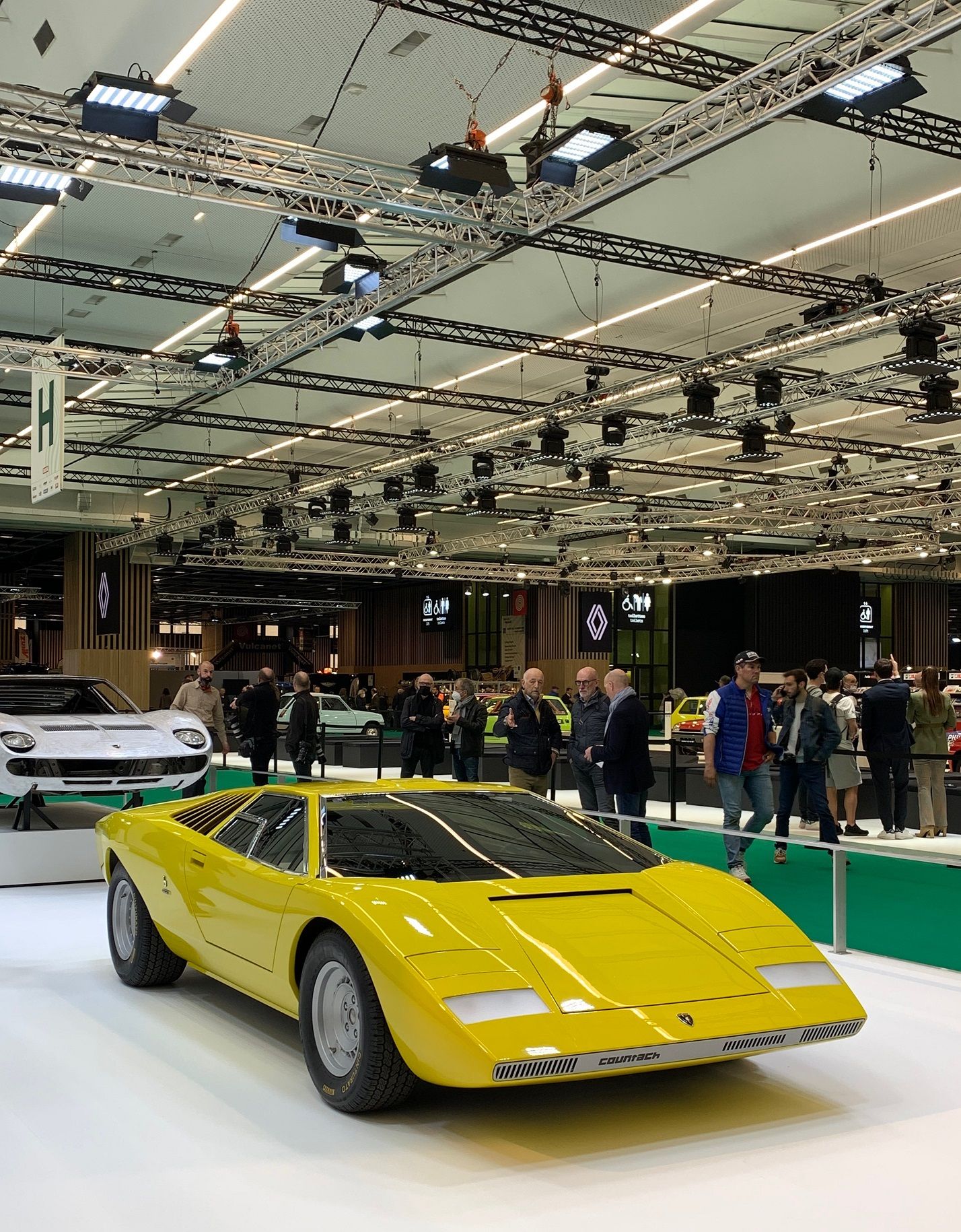
BR: Why did the company not make this project for itself, but on behalf of a collector?
AF: The original idea came from us, as we had been thinking about it for some years in connection with the 50th anniversary of the Countach. Later, a very important Lamborghini collector got involved and asked us if it would be possible to rebuild the Countach prototype. That was the beginning of this unique adventure.
BR: Is there no evidence of the damaged original Countach, no part has been left behind?
AF: Nothing remains of the original Countach, not a single part. This surprises us even today.
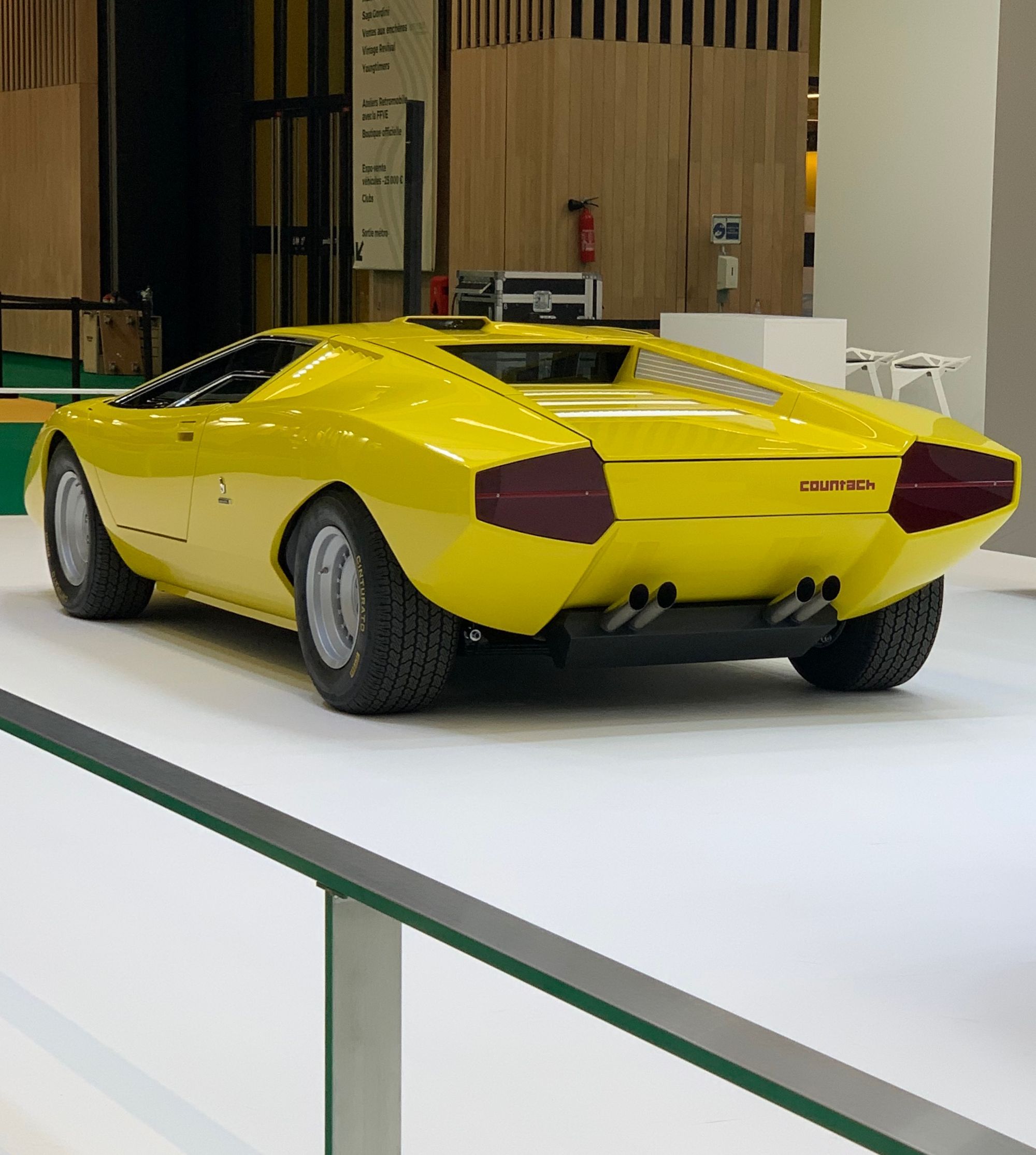
BR: Did you receive any support from the suppliers that were originally involved in the car project? What were the most valuable inputs from them?
AF: We involved the suppliers that worked on the project in the 1970s and we could count on their deep know-how of how the Countach from 1971 could be rebuilt today—but with the methods of that time. Much of this knowledge is still only available in the heads of the specialists from back then…that was very valuable for our project.

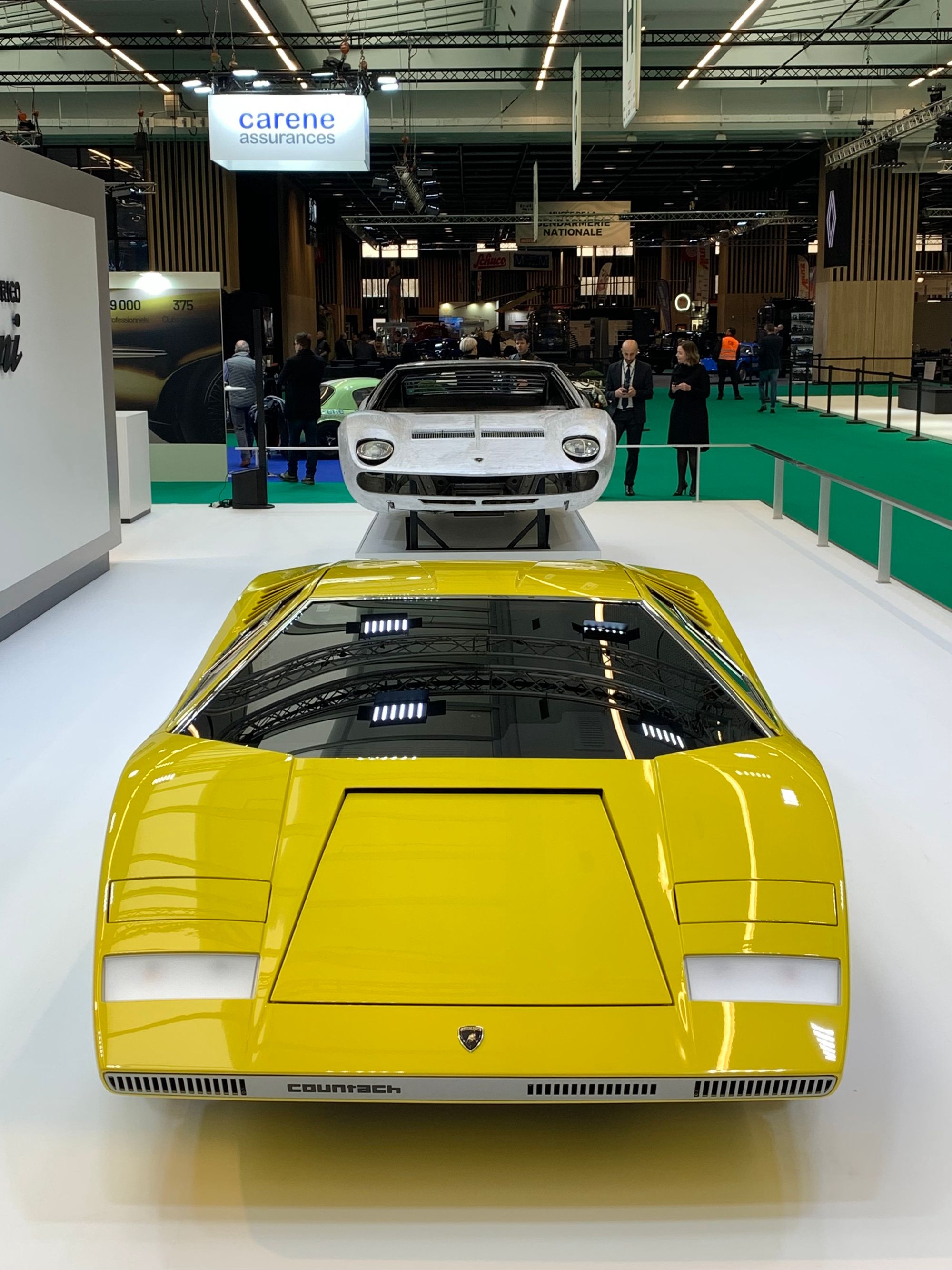
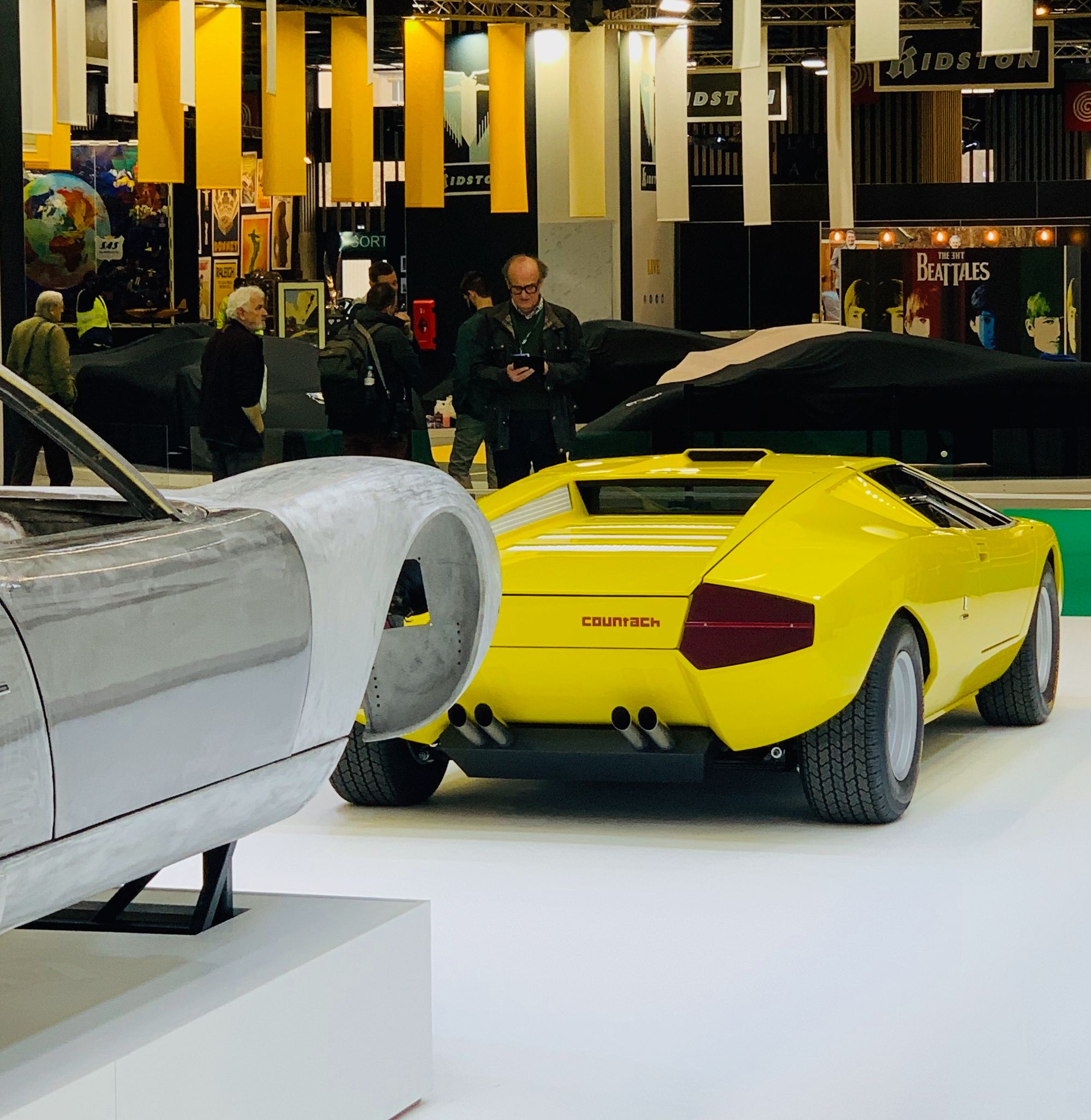
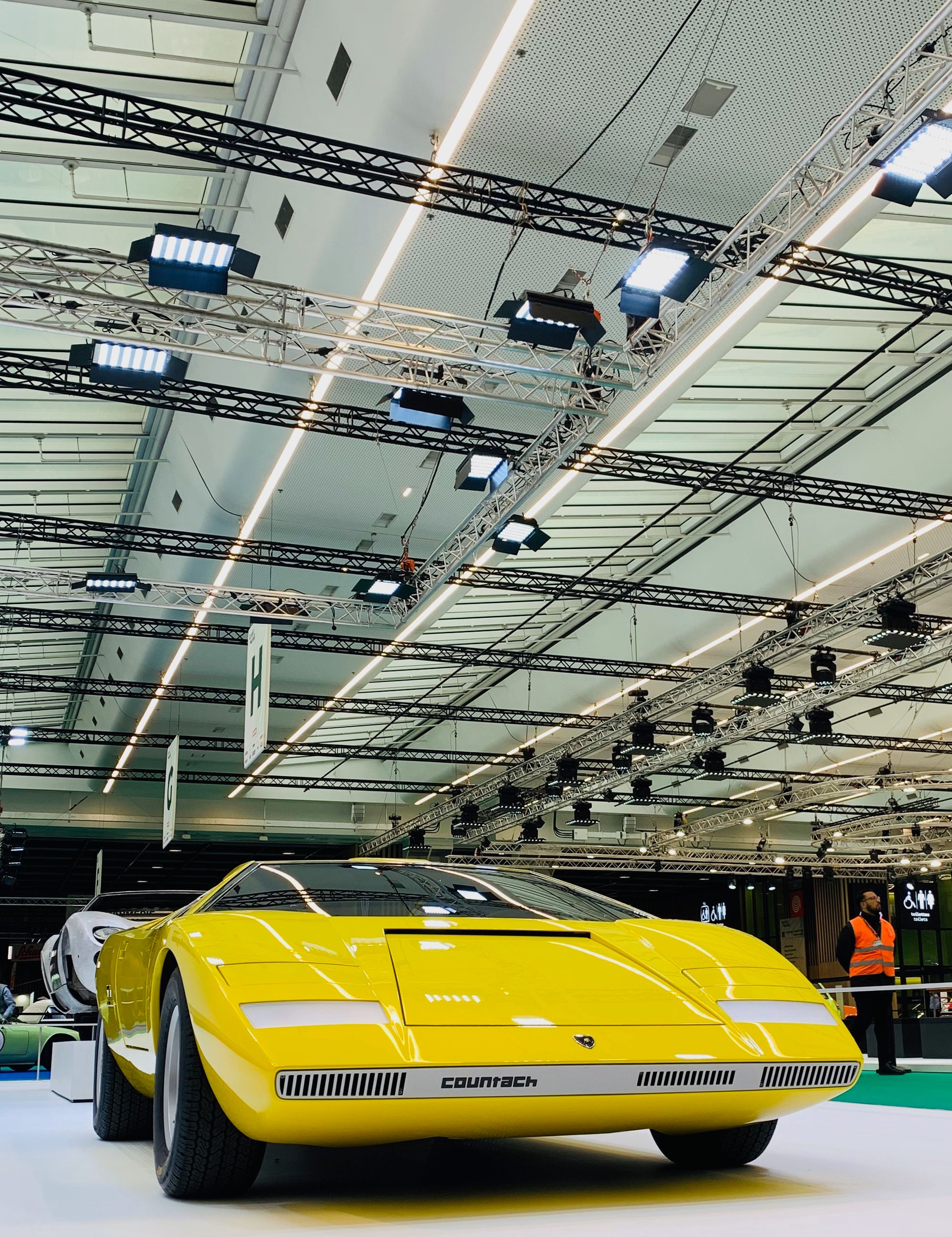
BR: Did you also use craftsmen from Bertone?
AF: To be as true to the project as possible, we decided to base the body and chassis reconstruction in the Italian Torino area because it was the most important place in the 70s for the car body production and it was the birthplace of the LP 500. The craftsmen working with us have extensive experience in the sector even if they did not work in Bertone, and the result is proof of that.
The possibility of tapping into the Bertone history, knowledge and experience of that time has been exploited through the presence, within the project team, of people who had worked both in Bertone and in Centro Stile Bertone then. They carried lots of information and suggestions to support the project development and to achieve this end result.
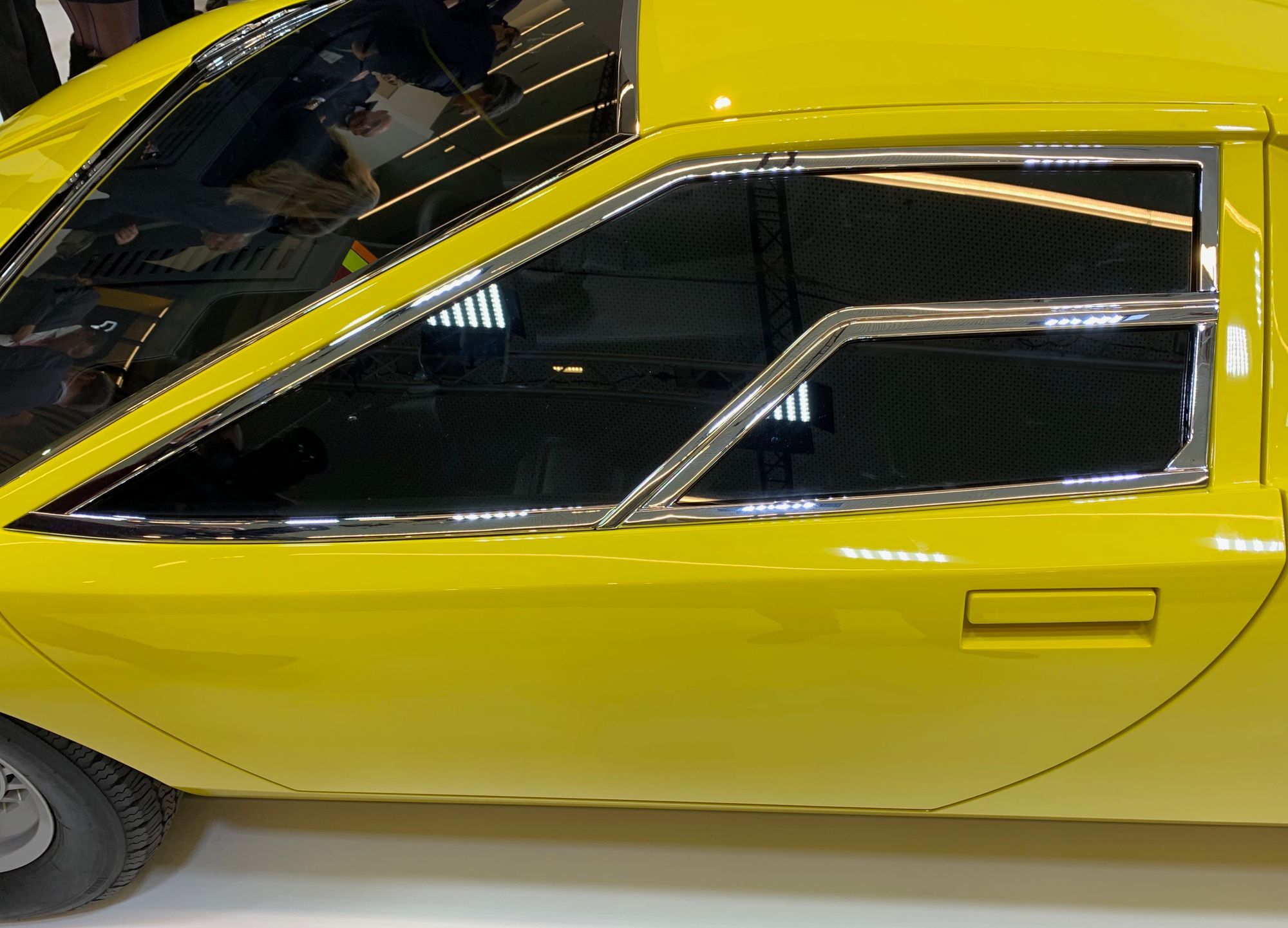
BR: Do all the instruments work, even the ones that never worked in the prototype?
AF: The main idea of the recreation was to have a car reproducing the same features of the one showcased at the Geneve 1971 exhibition, so the ones that worked in 1971 also worked in the recreated model of the Countach; the ones which only worked partially because they were innovations for that time (like the failure detection system) work identically today. It's important to remember that the LP500 was just a show car, not everything you saw in the interior worked. It was an idea carrier or concept for the future.

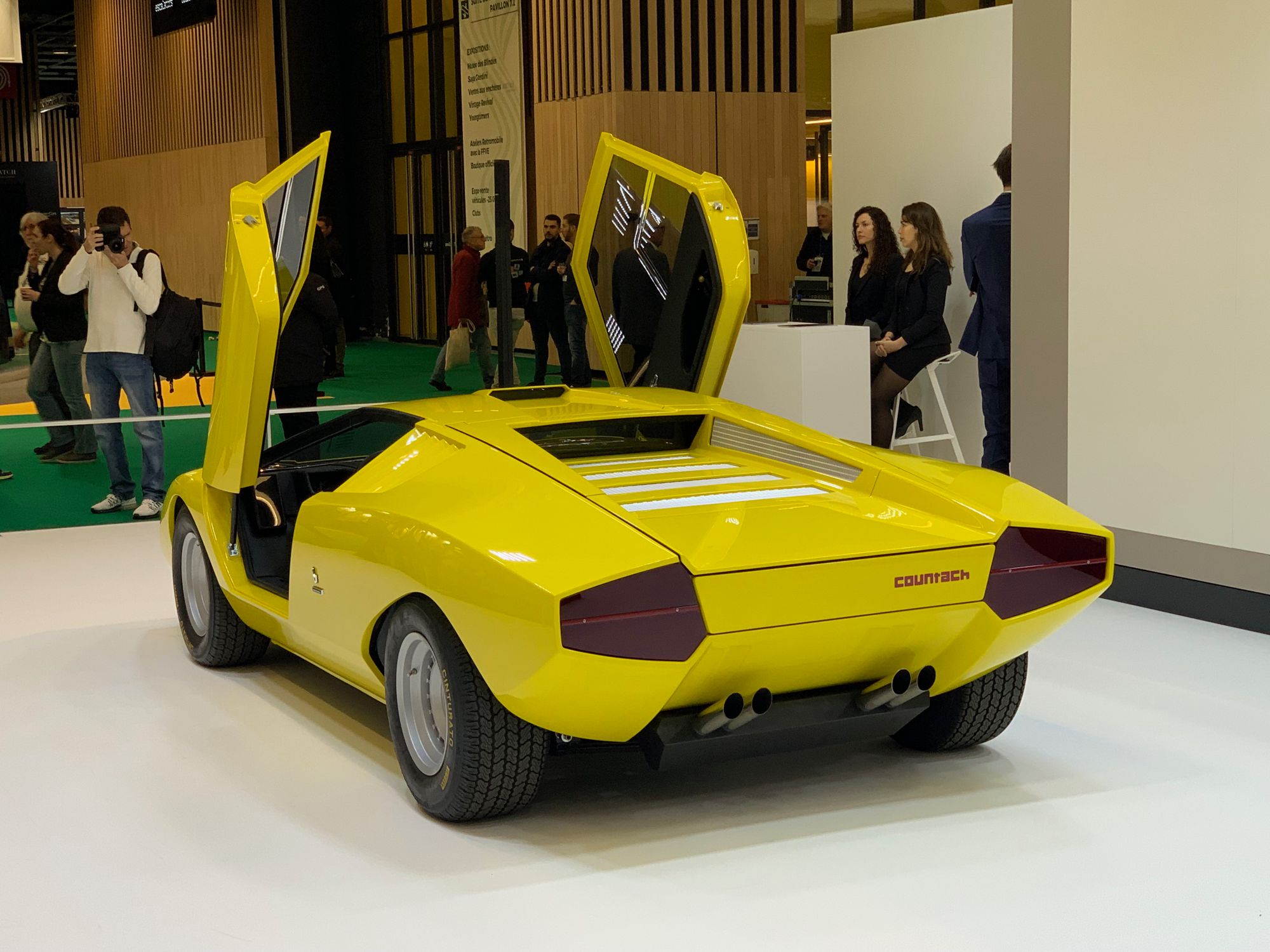
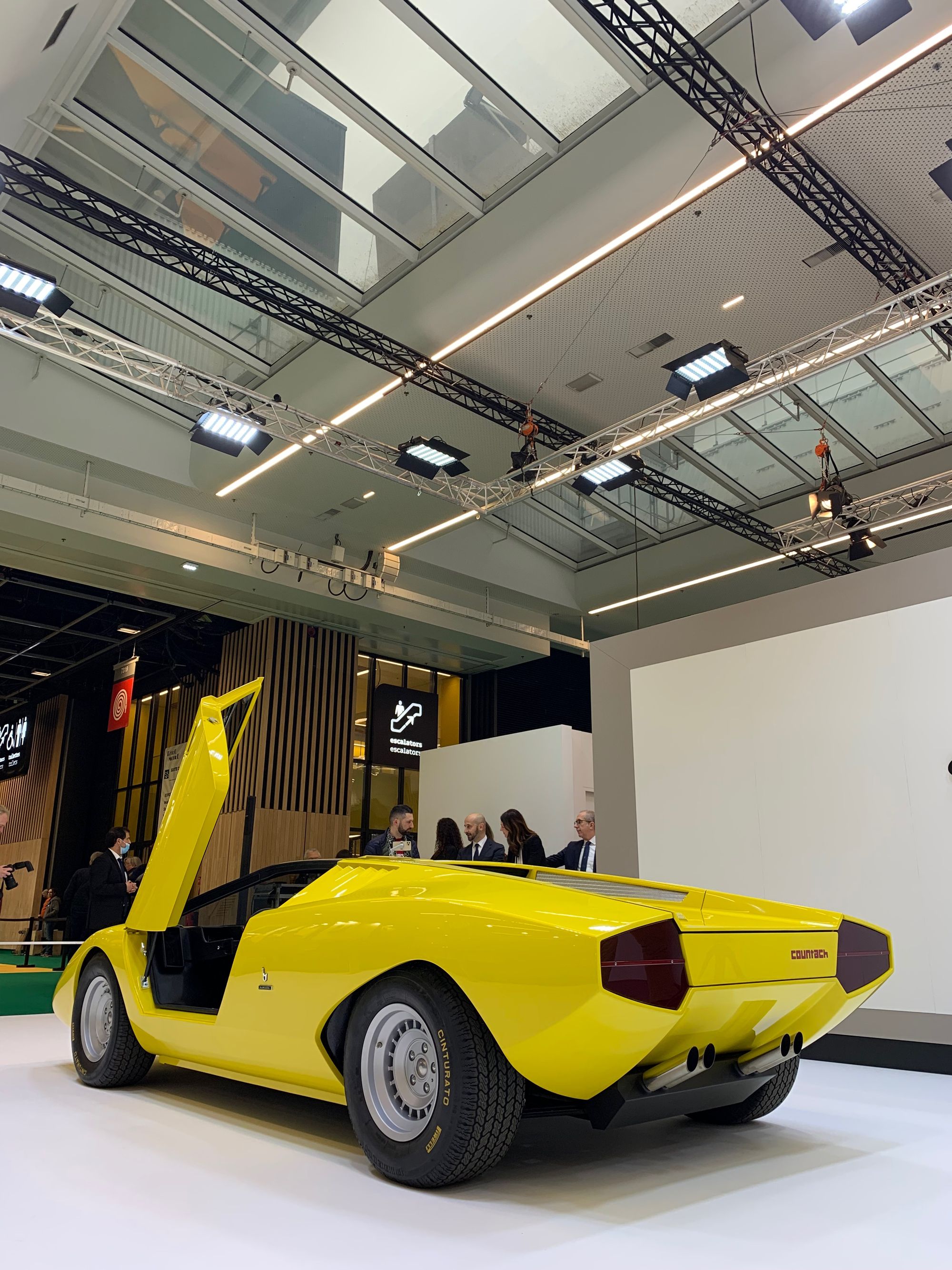
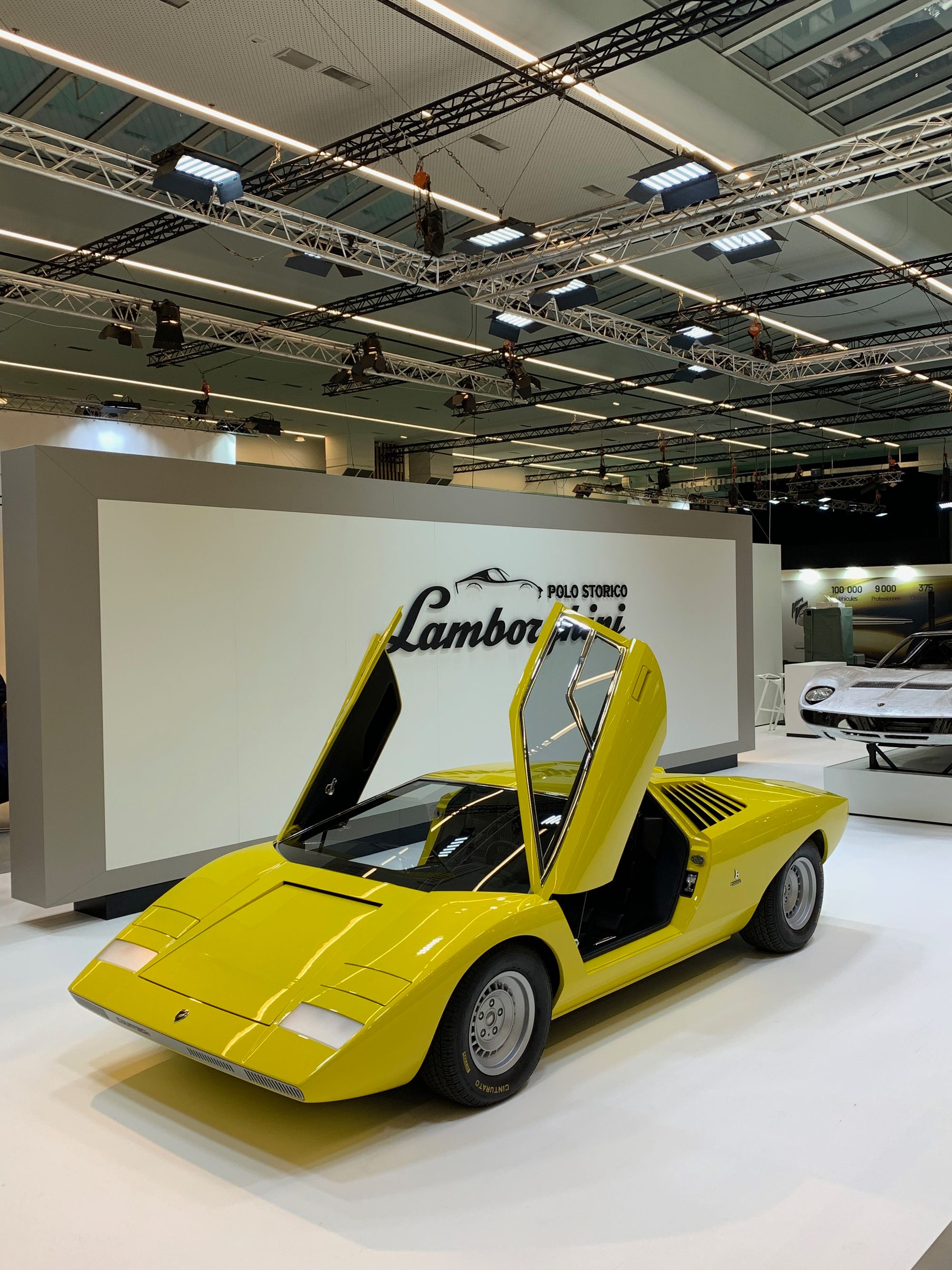
BR: Why is this design still exciting 50 years later?
AF: It is the simplicity of the shapes that makes it timeless. Also, the perfect balance of sensual curves and sharp edges. The proportions are right from every angle. This vehicle is like a sculpture.
BR: For which parts did you have too little information and had to resort to guesswork?
AF: We had minimal information on practically all parts. We could only rely on the sources mentioned above.
BR: The project is phenomenal proof of Polo Storico's competence. Is a book planned about this Countach project?
AF: Indeed, that would be a good idea. We plan to continue with the first Countach as a theme in 2022, so we'll see what else we can come up with.
BR: The knowledge is there now…couldn't you make a small series like Jaguar did with the E-Type?
AF: No. This reconstruction is a unique project, and no other reconstructions will follow. But during this project we have learned a lot that will benefit the Polo Storico and, of course, our customers of classic Lamborghinis.
BR: Are the rims made by Campagnolo and made of magnesium?
AF: No, this material would not be suitable today either. Campagnolo was not involved with the rims. It is important to note that these rims are different from the later production rims of the Countach LP400.
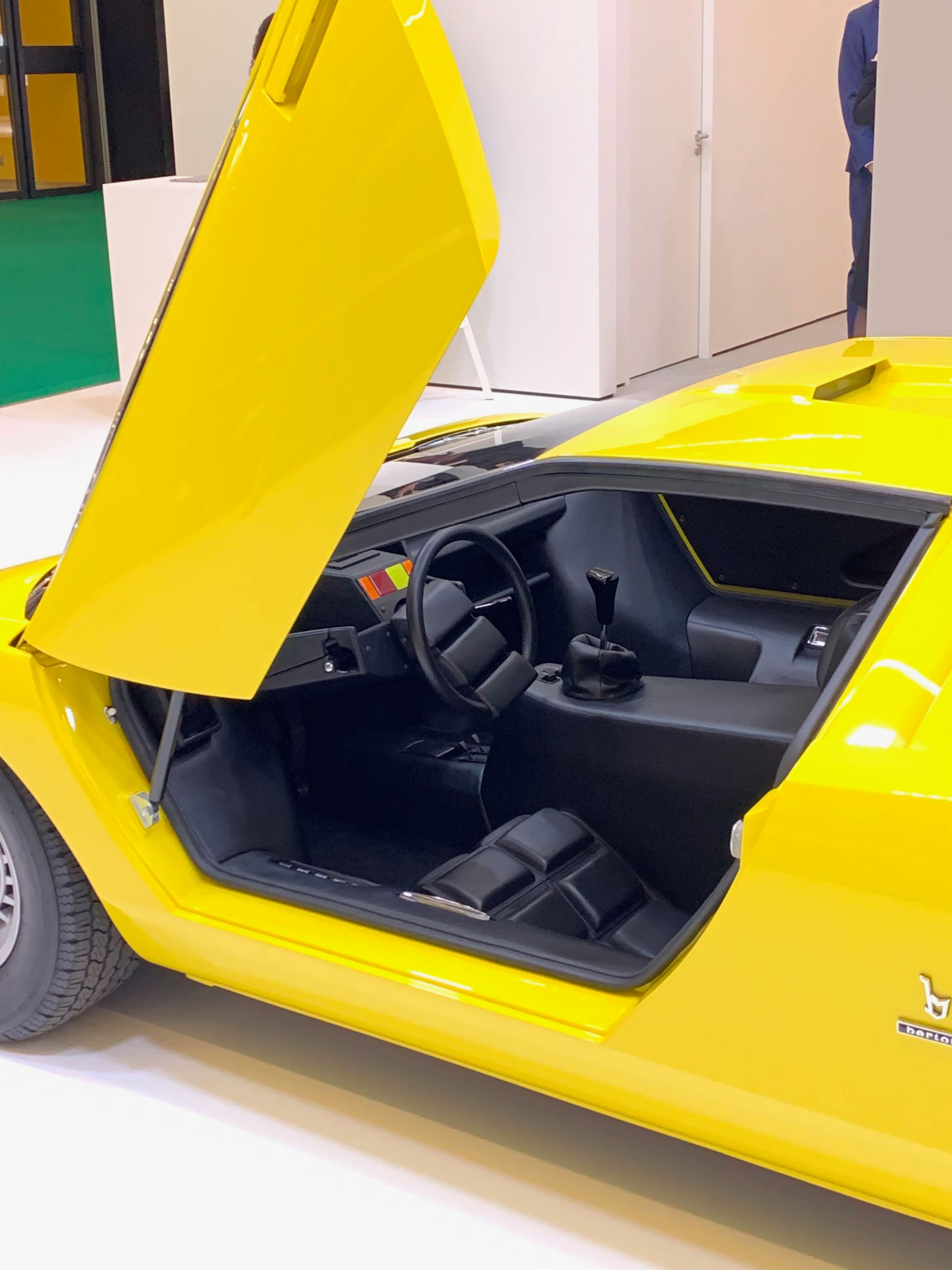
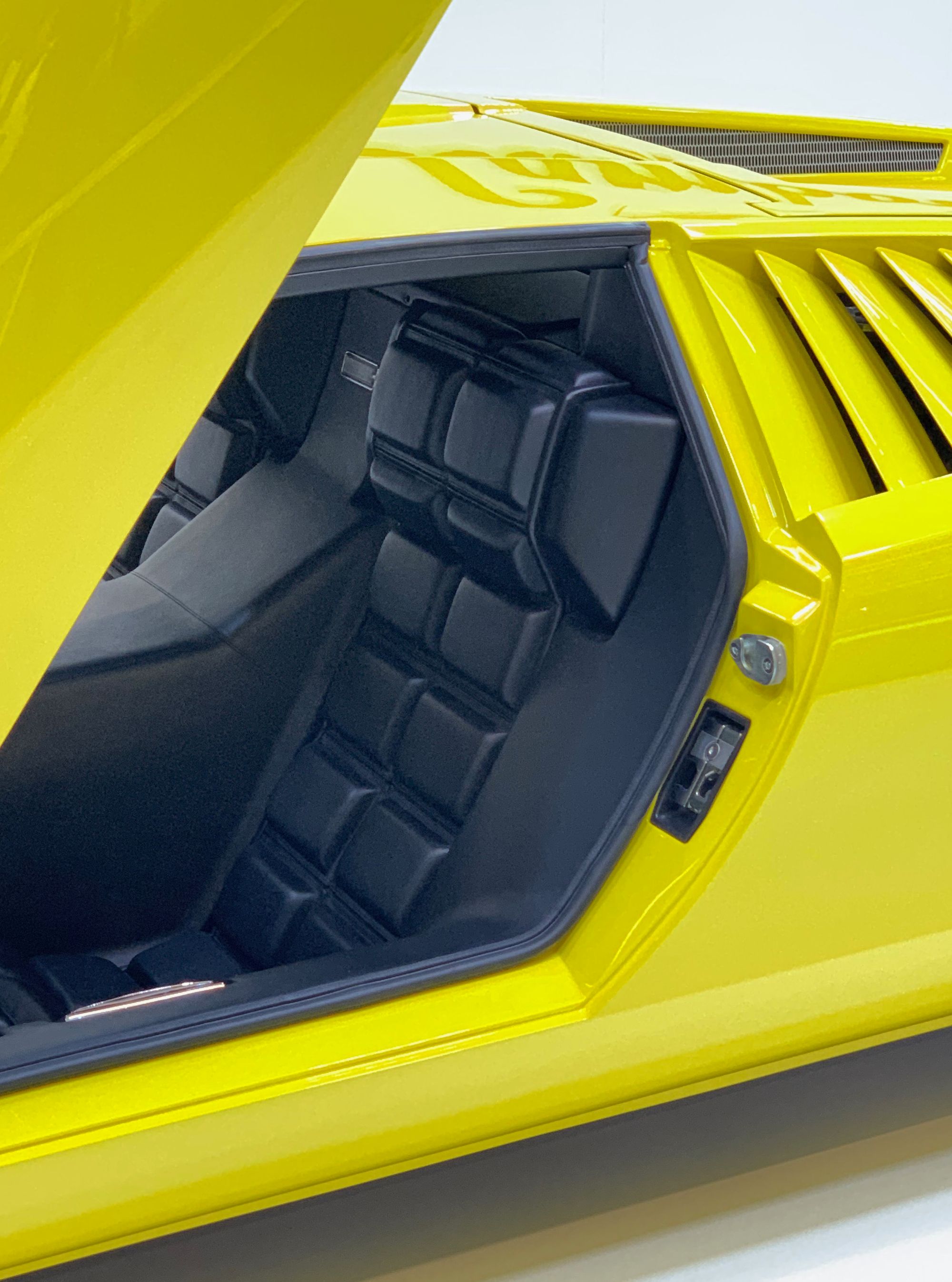
BR: Without additional air scoops, how fast does the car drive?
AF: We haven't gone very fast with this vehicle yet—it's too valuable.
BR: Why is it so difficult to properly adjust this engine?
AF: It is not difficult if you know how to do it…back then, the engine controls were mainly mechanical with the presence of some electrical devices, so the carburation and the engine set have to be carried out by really experienced people. Nowadays all the car controls are electronically driven and hence the people who have the right set of knowledge and craftsmanship to set up the engines are very few.
BR: Will the car be seen in the museum?
AF: From time to time, yes; because it's important to show this historically important car to the public. It's a very important part of the Lamborghini DNA—it's probably the most important car in Lamborghini’s history.
BR: Does the car have wipers?
AF: Yes it has two, but they are very elegantly recessed at the bottom of the front window, so you don't see them. It also improves air resistance.
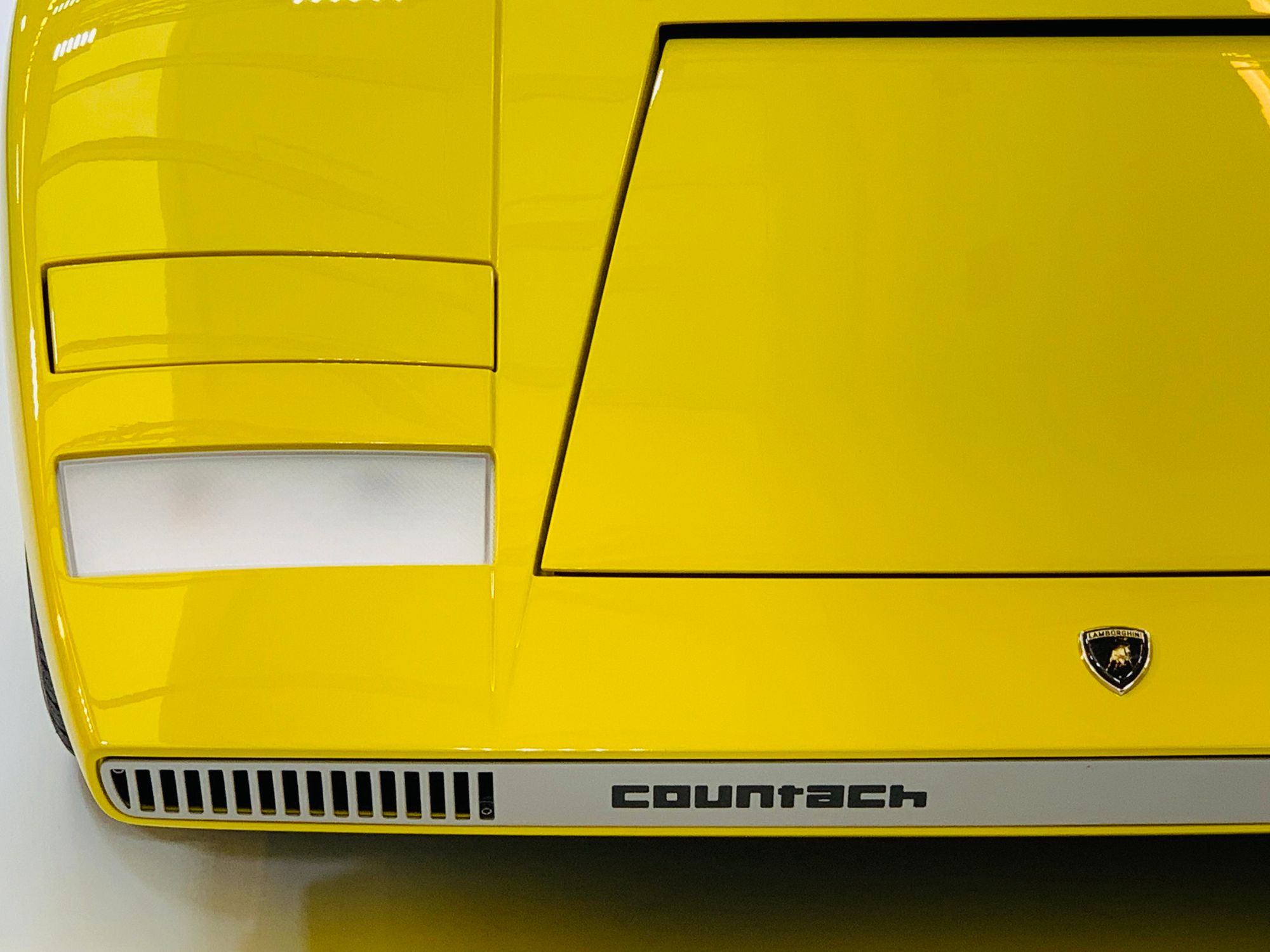
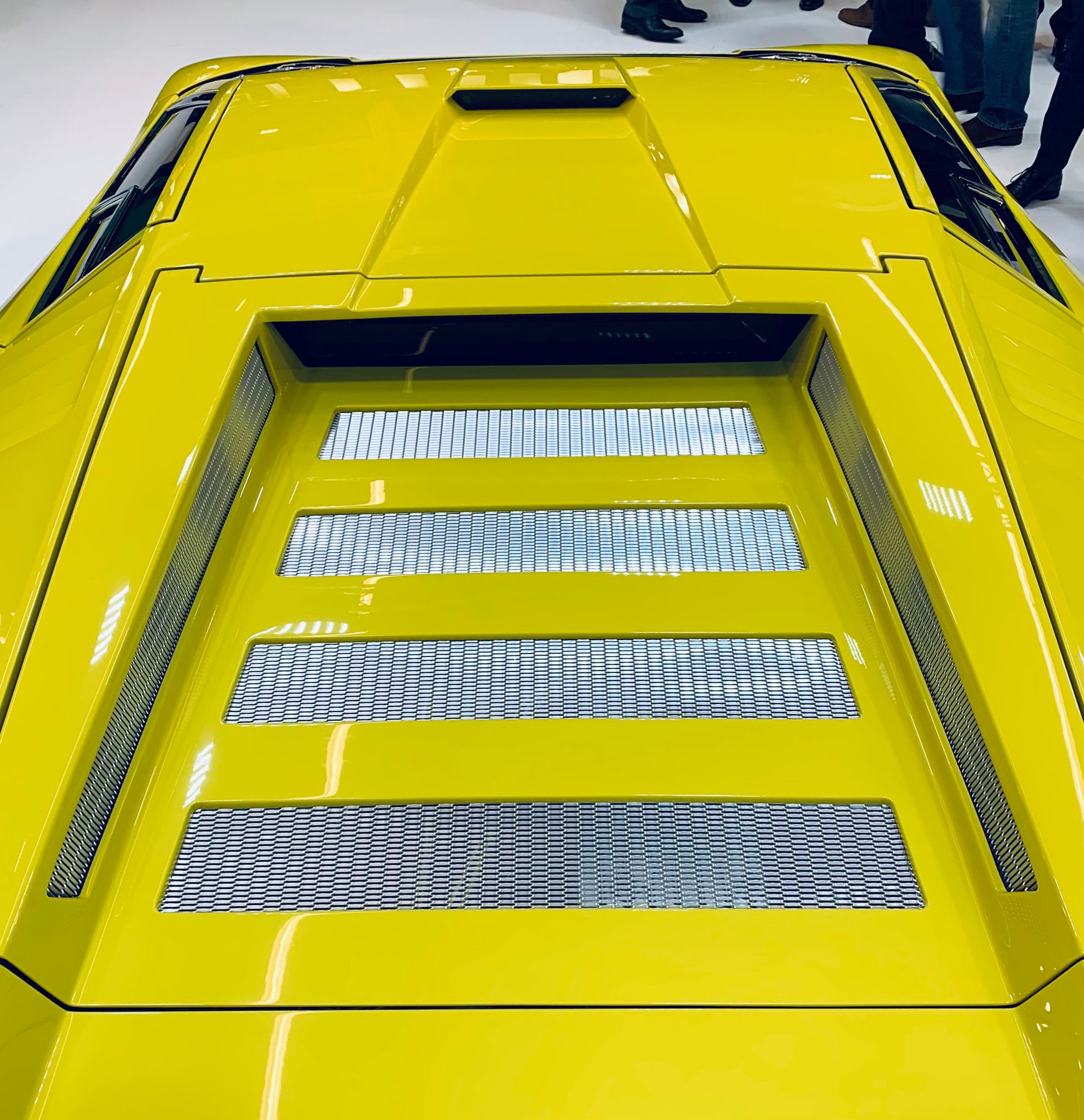
BR: Concerning the paint…what did they base it on?
AF: The historical studies done with PPG on the colors allowed to limit the selection perimeter to three shades of yellow. The possibility to use pictures of the age was limited by the introduction of external variables influencing the effect (aging of paper, print and scan…). The final decision of ‘Giallo Fly Speciale’ has been based on cross checks supported by documentation and by dialogues with Bertone people.
BR: When you look at the car today, what detail surprises or fascinates you the most?
AF: The clear lines. I can't think of a single detail about this car that would bother me.
BR: Would it be possible today to create such a car that changes the image of a car in the minds of the viewers?
AF: But of course! Every new Lamborghini fulfils this mission—it's in our DNA.
BR: Which car is more important for the history of Lamborghini: the Miura or the Countach?
AF: Both are equally important, the Countach possibly a little more so, as it changed the way cars should look forever. Even today, designers are inspired by the Countach prototype!
BR: By showing the Countach prototype to the world, what is the message behind it?
AF: The Countach conveys the essence of our brand in an ideal form: it needs no words, only eyes.
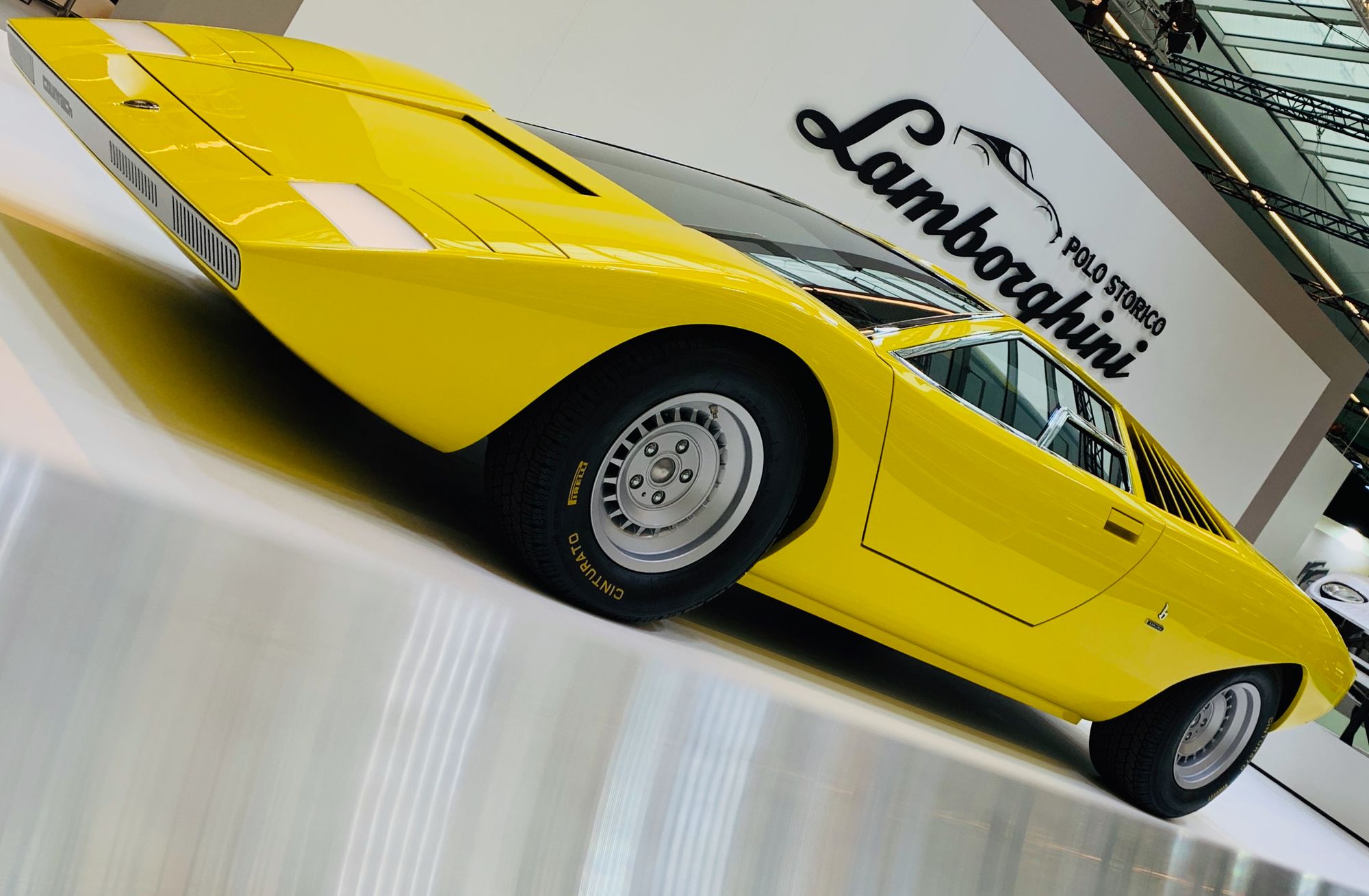
BR: Which details of the Countach design do you not like?
AF: I like them all.
BR: How do the younger generations of designers react when they see the Countach prototype today?
AF: They love it—but such freedom in design is unfortunately no longer possible today. There are too many restrictions that we must abide to by law.
BR: Did you get any critical reactions because the Countach prototype was recreated?
AF: Not really. The only reaction is worldwide enthusiasm and respect for this design. And this triggers joy. Just look at all the beaming faces here at the Retromobile. Everyone who sees the Countach has a huge smile on their face. That says more than a thousand words.
Comments
Sign in or become a deRivaz & Ives member to join the conversation.
Just enter your email below to get a log in link.
